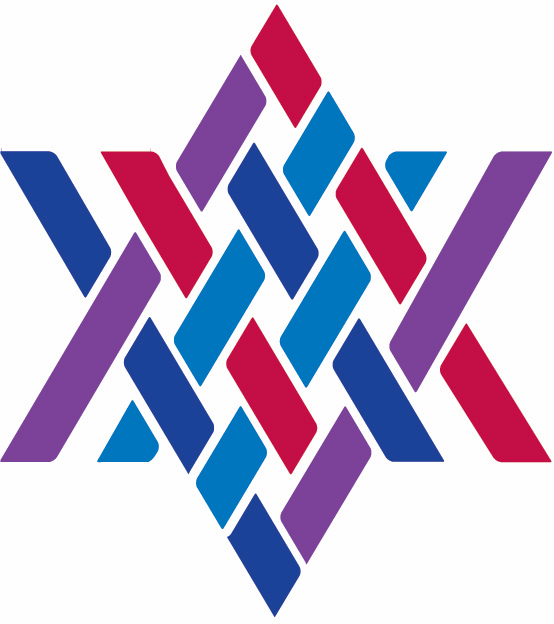Bo
Parashat Bo
Rabbi Isaac Mann
I was always intrigued by the penultimate makkah – that of hoshekh (darkness). It does not seem to fit into the order or sequence established by the other plagues whereby they seem to get more and more severe as they progress from the first plague of blood to the last one – death of the firstborn. The early makkot, those of blood, frogs, and lice were more like nuisances, not really destructive of humans or property. The first two were even duplicated to some extent by the Egyptian magicians. But as the plagues continue they get more destructive culminating in barad (hail) and arbeh (locusts). The former was severe enough to kill animals, as well as humans, not brought indoors and to destroy crops and trees (Exodus 9:25). Read More >

